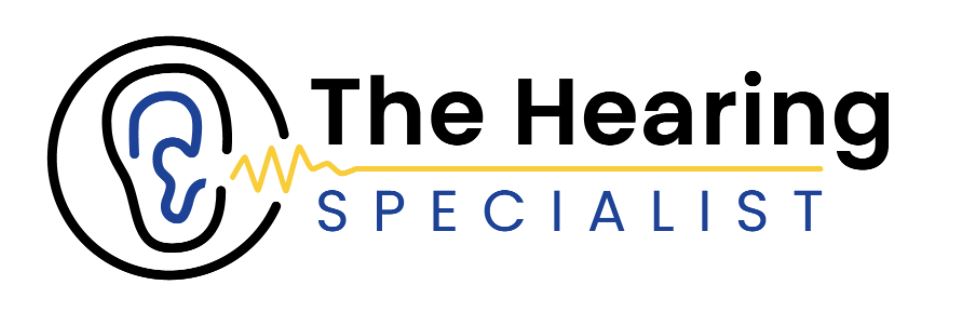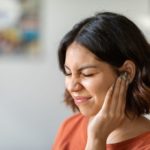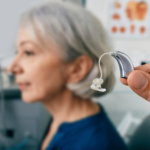Hearing loss is a debilitating condition which people around the world have struggled with for as long as humans have existed on earth.
In today’s world, hearing loss is a much more manageable condition due to the super sleek, stylish hearing aids available on the market. However, that hasn’t always been the case.
Hearing aids have had quite a colourful history to say the least. From innovative technology which transformed the way we hear, to some questionable inventions – the development of hearing devices over the years has been one of much trial and error.
In this article, we’ll take a look back at the history of hearing aids over time, and discover how we got where we are today.
The first ever hearing device
The introduction of the first hearing device can be dated back as early as the 13th century. Unsurprisingly, there wasn’t much in the way of invention back then, which means hearing loss sufferers desperately made use of what they had access to.
Animal horns from the likes of cows and rams were hollowed out and used as listening devices. These had a rounded tip which fit comfortably into the ear canal’s entrance, and a large opening on the other end which helped to pick up sounds.
They may be a far cry from the hearing aid technology of today, but animal horns were used by those suffering with hearing loss for hundreds, if not thousands, of years.
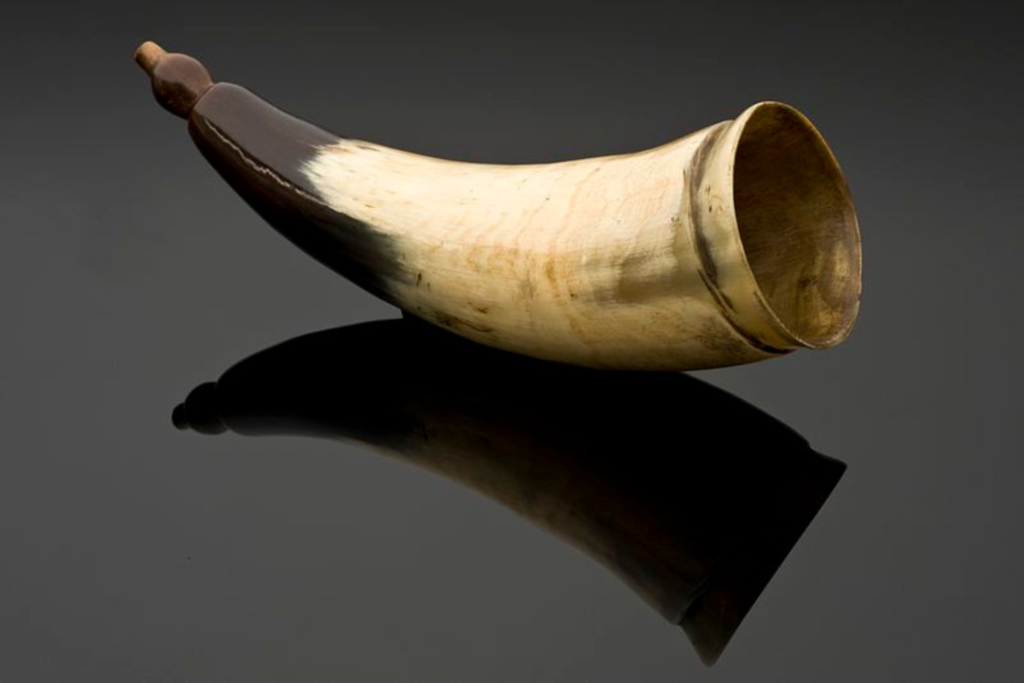
17th century hearing aid: Ear trumpet
It wasn’t until the 17th century when progress started to be made in developing a hearing aid, and the ear trumpet was introduced.
Invented in 1634, the ear trumpet was funnel-shaped and worked by collecting sound and funnelling it into the ear via a narrow tube. Whilst these devices didn’t amplify sound, they made it easier for hearing loss sufferers to detect sounds and were made in various shapes and sizes from different materials, including wood and sheet metal.
Fast forward to the late 18th century, and collapsible ear trumpets were invented and commercially produced by Frederick C. Rein. These were accompanied by the introduction of acoustic headbands which made the devices less noticeable by hiding them in the wearer’s hair.
Electronic hearing aids in the 19th century
Closely following the invention of the telephone by Alexander Graham Bell in 1876, the world’s first electronic hearing aid was invented in 1898 by Miller Reese Hutchison.
The Akouphone was the first portable hearing aid which used a carbon transmitter. The device utilised similar technology to the telephone, which allowed users to hear one another via a receiver, using an electric current to amplify weak signals.
This worked by not only boosting the electrical signal, but also increasing the number of decibels in order to help listeners hear louder and clearer. The device consisted of a separate microphone, amplifier, headphones and battery.
Whilst this technology is world’s apart to the hearing aids of today, it was a huge stepping stone in the development of hearing devices throughout the years following.
Hearing aids in the 20th century
Perhaps one of the most notable time periods in the history of hearing aids, the 20th century saw some major breakthroughs as engineers and manufacturers worked hard to improve on the technological advancements of the 19th century.
Some of the most significant hearing aid developments during this period included:
Vacuum tube technology
Vacuum tube technology was introduced during 1921-1952, which gave hearing aids the ability to increase the sound level of the device by as much as 70 decibels.
Whilst vacuum tubes proved to control the flow of electricity better than carbon transmitters in order to achieve this sound level, the devices produced were much bigger than those powered with carbon – so they weren’t portable.
Over the following three years, the size of the devices was reduced, but the bulkiness and heaviness of them still presented issues. By the 1930s, the devices were redesigned to become far more wearable – albeit still with the addition of a hand-held microphone and amplifier & batteries which were worn around the neck.
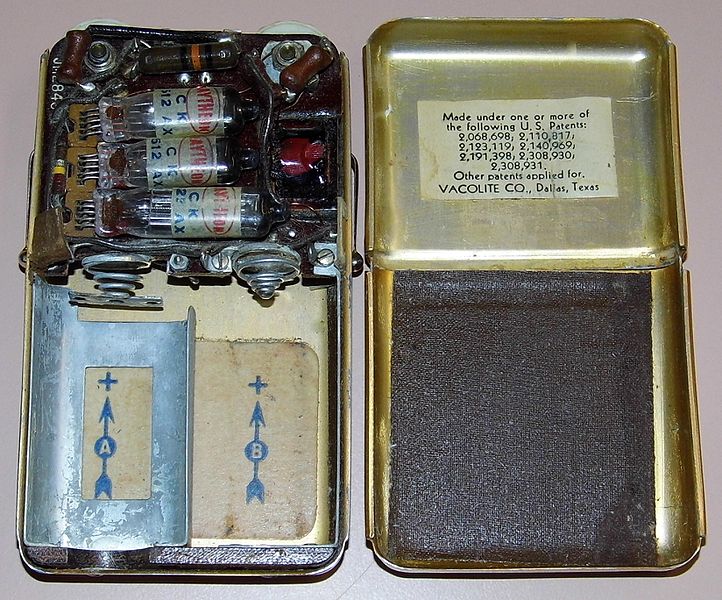
The transistor
In 1948, vacuum tubes were replaced by transistor hearing aids. These new devices required less battery power, were smaller, and produced less sound distortion.
Eventually, this technology took hearing aids to a place where they were able to be worn almost entirely inside or behind the ear.
From analog to digital
The late 20th century saw the transition from analog to digital, with thanks to the invention of high-speed computing in the 1980s.
The introduction of digital signal processing chips encouraged the development of hybrid digital-analog models, which were smaller and far more discreet than their predecessors, allowing users to wear them without feeling overly self-conscious.
Following on from that, 1996 marked a major milestone in the history of hearing aids – when the first ever digital device was introduced to the market.
Hearing aids in the 21st century
By the time the year 2000 rolled around, hearing aid technology had advanced so much that they now had the ability to be programmed.
This opened the door for significant user customisation and the ability to fine tune hearing aids to provide a personal listening experience for hearing loss sufferers.
Now in 2021, hearing technology is smarter than ever. There are hundreds of devices available on the market, all offering a tonne of different features that can be truly personalised to the individual’s hearing needs.
From automatically adapting to different listening environments and being able to integrate with other devices such as phones and computers, to almost completely invisible devices – hearing technology has come a long way from the ear trumpet.
Hearing aids are getting sleeker and more stylish every year, and the technology behind them is continually evolving. There’s no doubt that hearing aids are likely to continue decreasing in size and improving in performance for years to come.
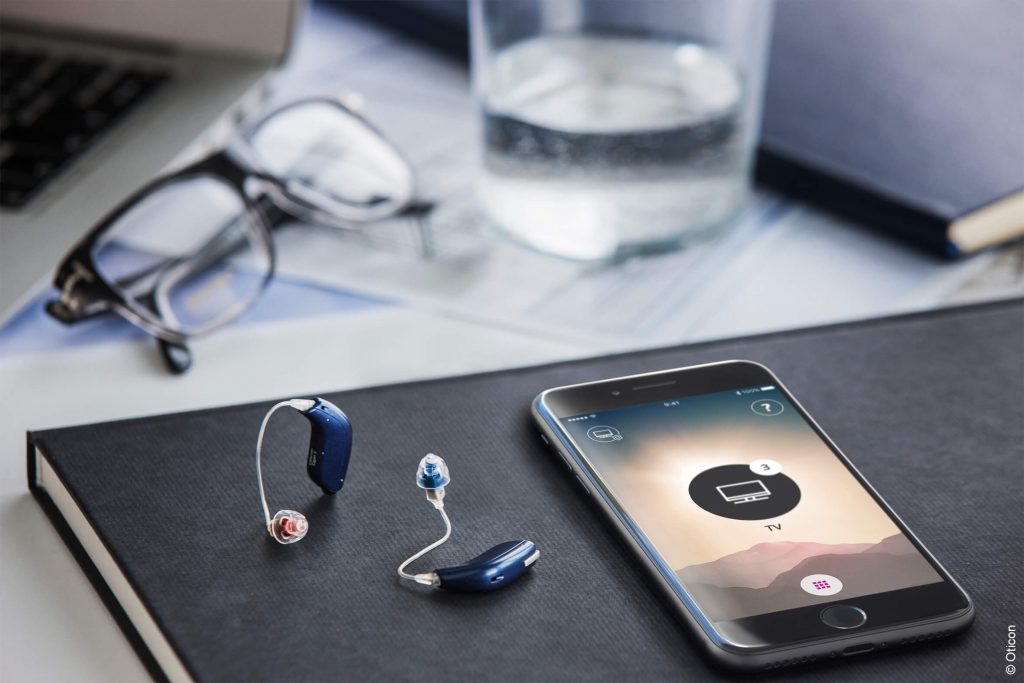
The Hearing Specialist is a professional audiologist based in South London, servicing the areas of Wimbledon, Croydon, Banstead and Sutton.
If you’re looking for a reputable, professional hearing care specialist – get in touch with us today. We offer a local home visits service throughout the South London area, and in-clinic hearing tests in Wimbledon.
